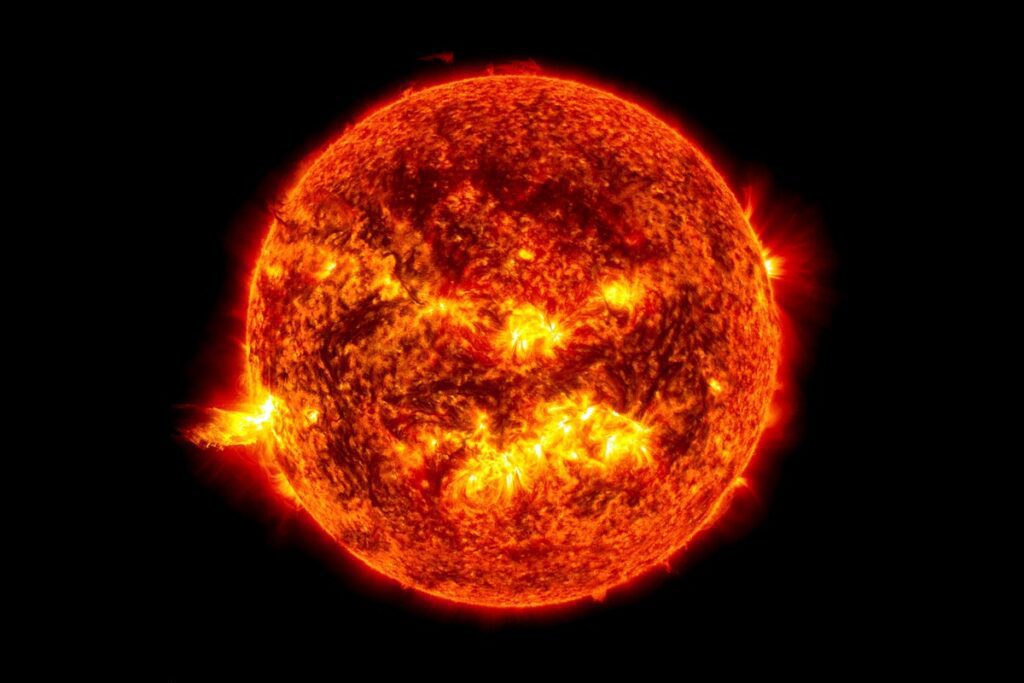Understanding Stars: A Deep Dive into Their Definition and Nature
What Is a Star?
At its most basic level, a star can be described as a shiny point of light that adorns the night sky. While this definition may seem satisfactory at first glance, it becomes more complicated upon deeper investigation, especially when considering our sun, which, despite being a star, is not observable in our night sky.
The Physical Characteristics of Stars
In a more detailed sense, stars are large, luminous spheres primarily composed of plasma. They are held together by their own gravitation and function as massive fusion reactors. The defining feature of a star is its ability to emit light and energy, achieving this through a process known as nuclear fusion.
Nuclear Fusion: The Heart of Star Energy
The mechanism that enables a star to shine is nuclear fusion, a remarkable reaction where atomic nuclei collide and merge, producing heavier elements while releasing substantial energy. This process occurs under extreme conditions of temperature and pressure found in the star’s core, conditions made possible by the immense gravitational force underlying the star’s mass.
For most stars, including our sun, hydrogen nuclei serve as the primary fuel, fusing to form helium. To illustrate the scale, the sun transforms approximately 620 million metric tons of hydrogen into helium every second, a minuscule amount compared to its total mass, allowing it to emit light for billions of years.
Defining Boundaries: Stars vs. Brown Dwarfs
While defining stars, it’s important to consider the limits of mass that sustain fusion. Objects with a mass below roughly 75 times that of Jupiter lack the necessary conditions for sustained fusion and are classified as brown dwarfs. Interestingly, these brown dwarfs can initiate certain fusion processes under less extreme conditions, but they do not fit the conventional criteria for stars.
Mass Limits of Stars
Massive stars also have an upper limit; stars approaching or exceeding 200 solar masses become so luminous that their own radiation can ultimately lead to their destruction. This creates a significant instability, often culminating in dramatic stellar events such as supernovae.
The Lifecycle of a Star
As stars exhaust their nuclear fuel, their fate becomes increasingly complex. Massive stars may undergo further fusion processes, creating even heavier elements, eventually culminating in supernova explosions followed by the formation of neutron stars or black holes. In contrast, stars similar in mass to the sun will shed their outer layers, eventually leaving behind hot, dense remnants known as white dwarfs.
Stellar Remnants: Are They Still Considered Stars?
A point of contention lies in the classification of stellar remnants. While these remnants originated from stars that once engaged in fusion, their current state raises questions about their classification. Astronomers may refer to them as stars, but they lack the vital fusion processes that define living stars.
Final Thoughts on Stellar Definitions
In conclusion, while the definitions surrounding celestial bodies like planets and moons can be murky, stars present a fascinating challenge of their own. Through an evolving understanding of nuclear fusion and mass limits, we can appreciate the complexity of stars and their vital roles in the cosmos.


